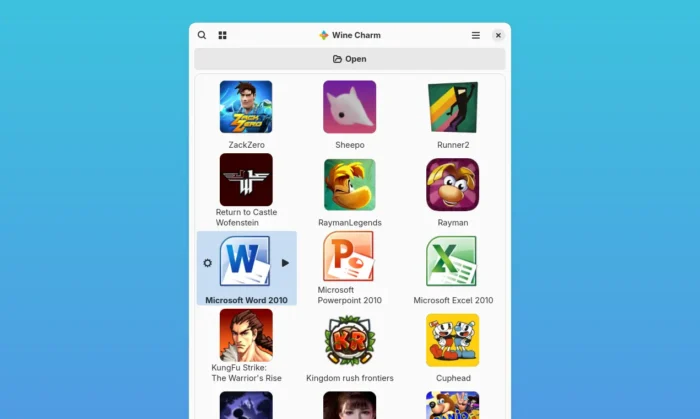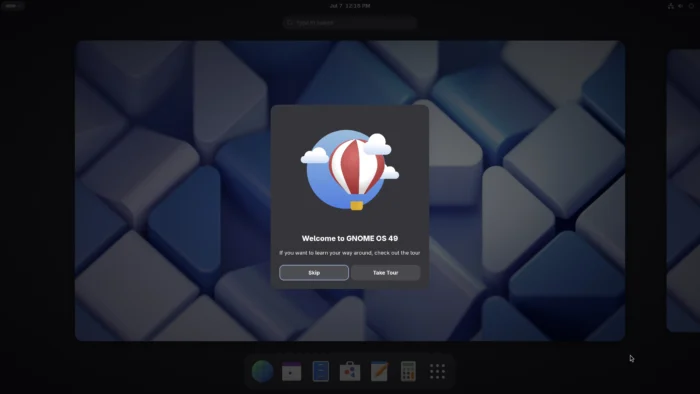Touchpad is too sensitive? Here’s a step by step guide shows how to detect the touchpad pressure values and change the sensitivity accordingly in recent Ubuntu with default libinput driver.
I’ve written about how to adjust touchpad scrolling speed in Ubuntu with Wayland and libinput. And, this one is for the touchpad mouse movement, tap down and up sensitivity.






















